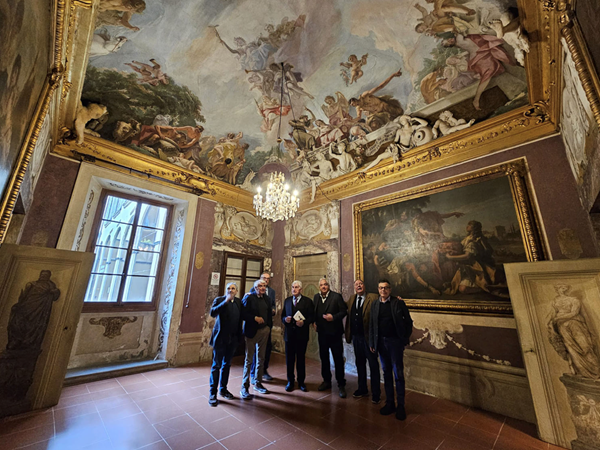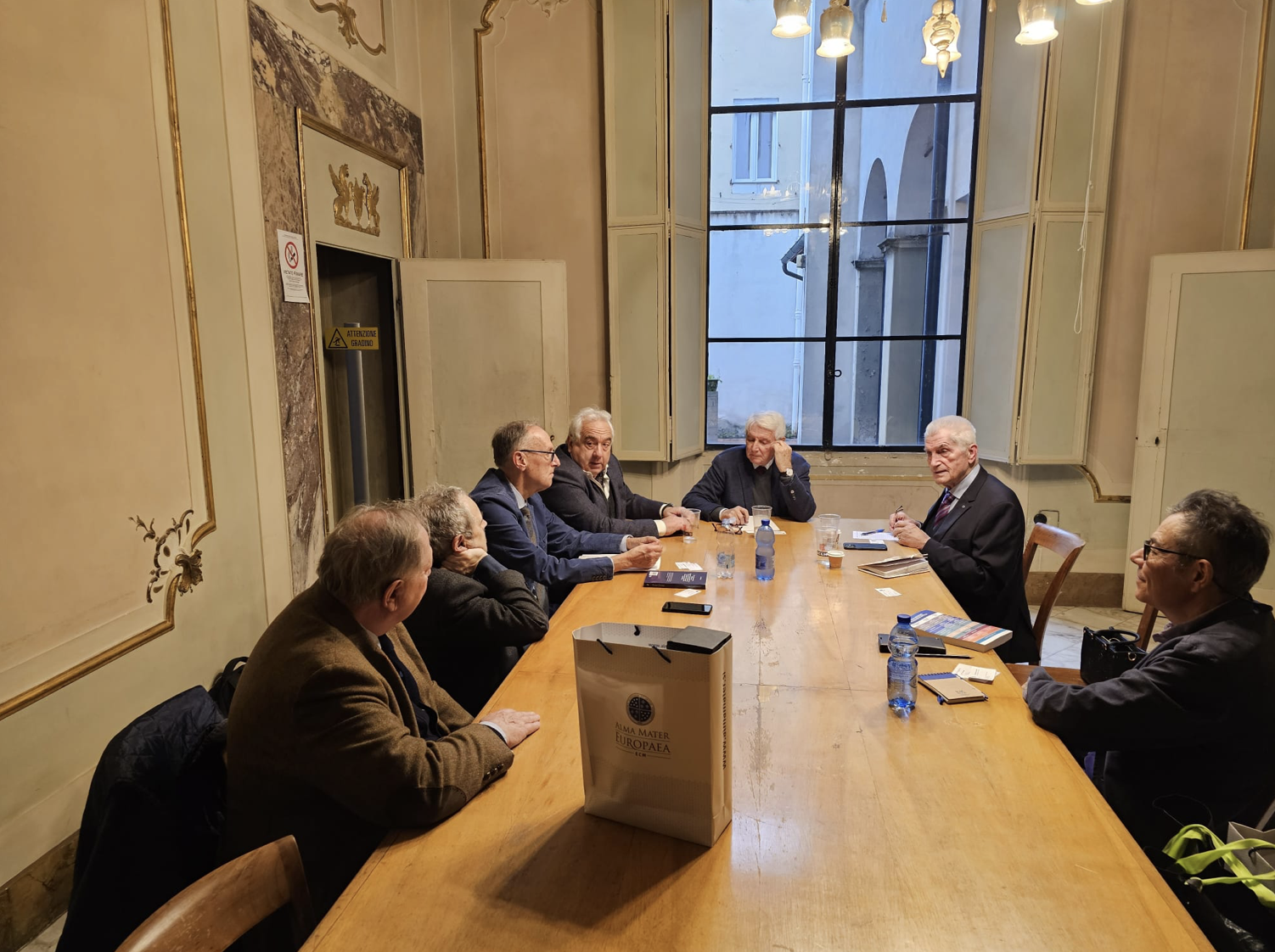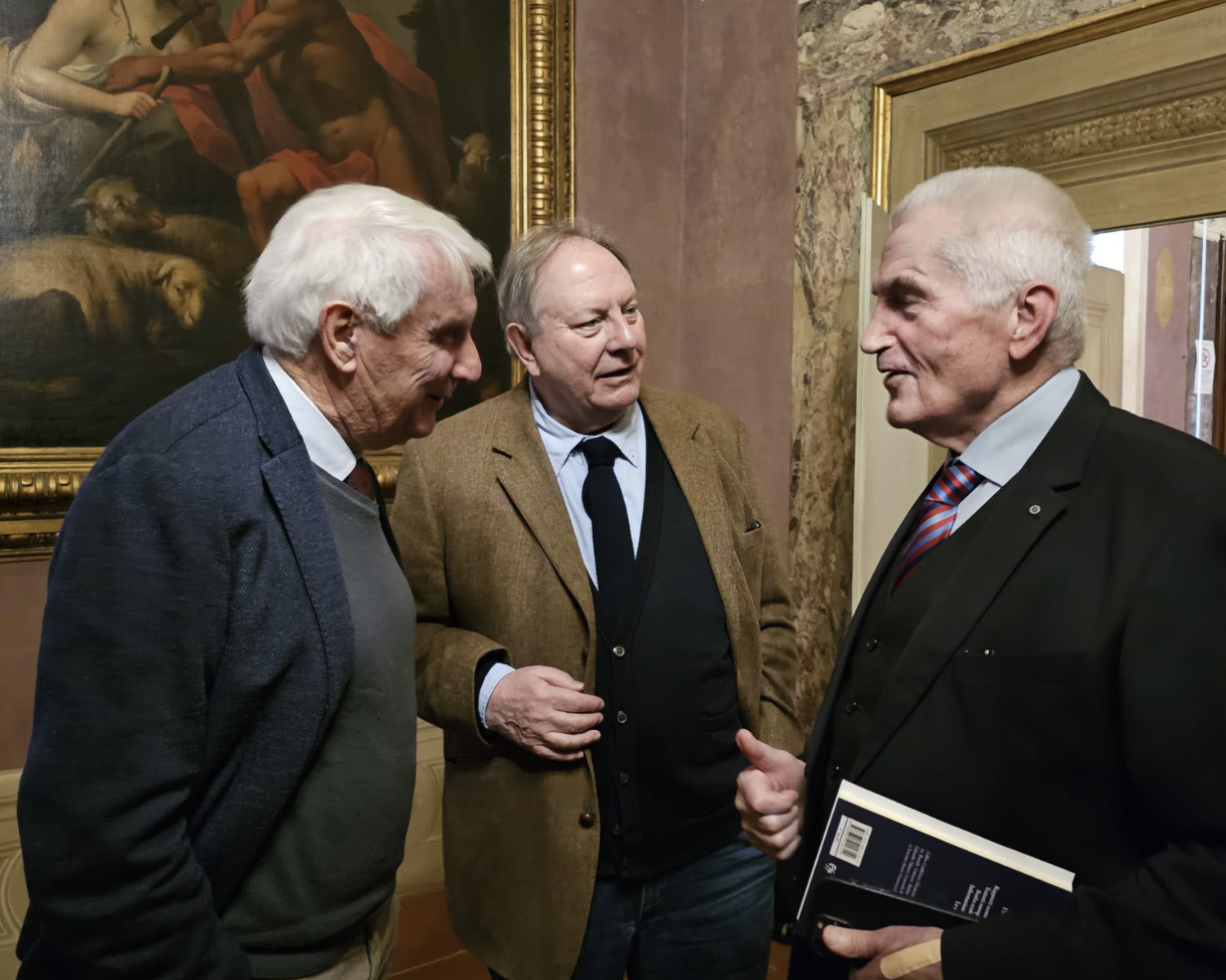
WAAS and EASA Meet to Support the Global Peace Offensive

In early January, Professor Ludvik Toplak, rector of Alma Mater University visited Florence and a group of Fellows of the World Academy of Art and Science (WAAS) based in Tuscany, in the context of the “Peace Offensive,” a WAAS initiative for global tension reduction and peacebuilding.
The three-day visit was held at the History Department of Florence University (Palazzo Fenzi) and hosted by Prof. Zeffiro Ciuffoletti, former director of the Department and founder of the Florence for Europe Institute (ISFE). Attendees included Prof. Zeffiro Ciuffoletti (host, University of Florence), Prof. Tanja Angleitner (EASA Alma Mater), Prof. Alberto Zucconi, Prof. Ugo Bardi and Dr. Donato Kiniger Passigli (WAAS fellows), Dr. Gian Luca Corradi and Dr. Edoardo Tabasso (University of Florence).
Education is pivotal in fostering social cohesion, promoting cultural understanding, and addressing global challenges. On this premise, inter-academic collaboration and ad hoc study programs are being evaluated and developed among major university networks in the framework of human security principles. Participants of the meeting agreed that given its historical traditions rooted in European culture and being the birthplace of the Renaissance, Florence would be ideally suited to become a center for interdisciplinary humanistic studies and social sciences, bridging cultures for peace. In Florence, there are already 30 campuses of international universities whose students would benefit from a deeper understanding of European culture and historical traditions.
In a world grappling with escalating conflicts and entrenched hostilities, the World Academy of Art and Science (WAAS) and the European Academy of Sciences and Arts (EASA) unveiled a bold vision for a Global Peace Offensive that was launched in Maribor, Slovenia, last autumn. This initiative, spearheaded by WAAS, seeks to identify practical measures to de-escalate tensions and foster cooperation through a multi-faceted peace effort.
The Global Peace Offensive proposes a three-tiered approach:
- Initial Confidence-Building Measures: Pioneering, symbolic gestures, and gradual tension reduction measures to initiate dialogue and build trust.
- Cooperation for Human Security: Increased adherence to Sustainable Development Goals (SDGs) while addressing broader, interconnected global challenges.
- Long-Term Conflict Resolution: Fostering lasting peace through cultural, scientific, and educational diplomacy, supported by traditional diplomatic channels, parliamentary diplomacy, and peace education.

Central to this strategy is the concept of Graduated Reciprocation in Tension Reduction (GRIT), involving unilateral concessions to encourage reciprocal de-escalation. Historical examples, such as Gorbachev’s nuclear concessions and Sadat’s address to the Knesset, illustrate the potential effectiveness of this approach.
The Peace Offensive seeks to fundamentally shift how we approach conflict, transforming crises from intractable problems into opportunities to build lasting peace. This begins by prioritizing conflict prevention and ensuring that any peacemaking efforts are deeply rooted in the needs and perspectives of local communities. It means tackling the root causes of conflict head-on, whether disputes over natural resources or deep-seated ethnic and religious divisions.
The initiative proposes implementing a series of phased and highly publicized initiatives to build trust and encourage cooperation. These confidence-building measures create a foundation for broader engagement by mobilizing young people and diverse stakeholders, building a broad coalition for peace. Ultimately, the success of the Peace Offensive hinges on ensuring the sustainability of these initiatives and fostering a sense of local ownership, empowering communities to become the architects of their peaceful future.

The initiative will leverage the expertise of like-minded organizations and individuals to catalyze ongoing peace efforts. WAAS plays a crucial role in incorporating the concept of human security into this project. Last year, in partnership with the United Nations Trust Fund for Human Security (UNTFHS), WAAS completed the Human Security for All (HS4A) campaign.
The Global Peace Offensive calls for a coordinated effort to transform crises into opportunities through strategic unilateral actions, paving the way for a future of lasting peace and human security for all.
